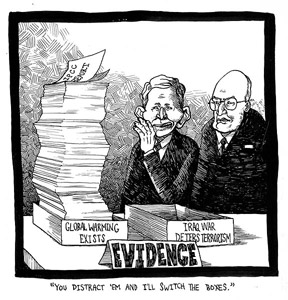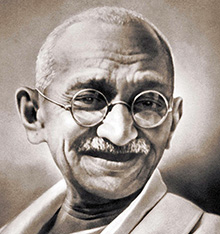I have really gotten back into the swing of posting and being a part of the DeviantART community. I have put up copies of the two photographs presented here on the Z-Issue under the “photography” category. So far, it does seem like there are a few people interested in my work, and my piece entitled “Purple” has already received one favourite! Anyway, I am in the process of making a button for the sidebar that will link directly to my DeviantART page, but for now, you can simply use the following link:
http://nathanzachary.deviantart.com
One of the nice things is that it will also get more people to read the Z-Issue, and the more, the merrier. Also, people can order prints of my work, and a portion of the money will be given to me. While it isn’t a lot of money per print, it would simply be neat to know that there is someone, somewhere, with a piece of my work hanging on their wall. You too can have a DeviantART account by going to the main DA page:
And signing up. Registration is free, but you can also get rid of the ad banners and have access to a whole lot more neat features for a small fee. Now, stop reading this post and go peruse the millions of pieces of artwork over at DA!




